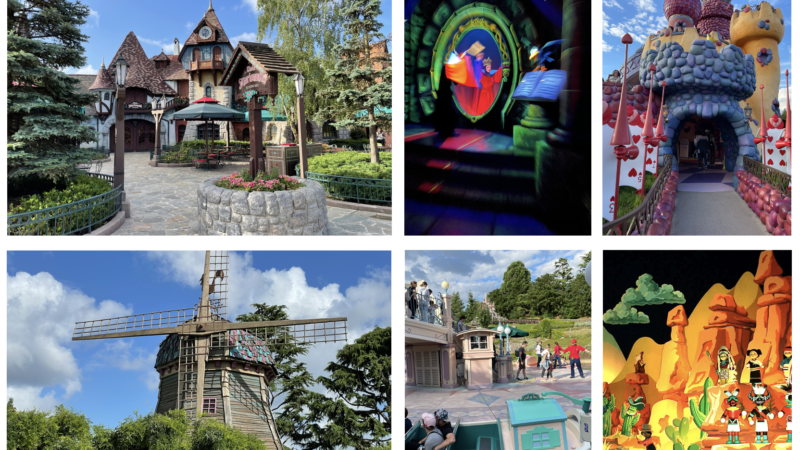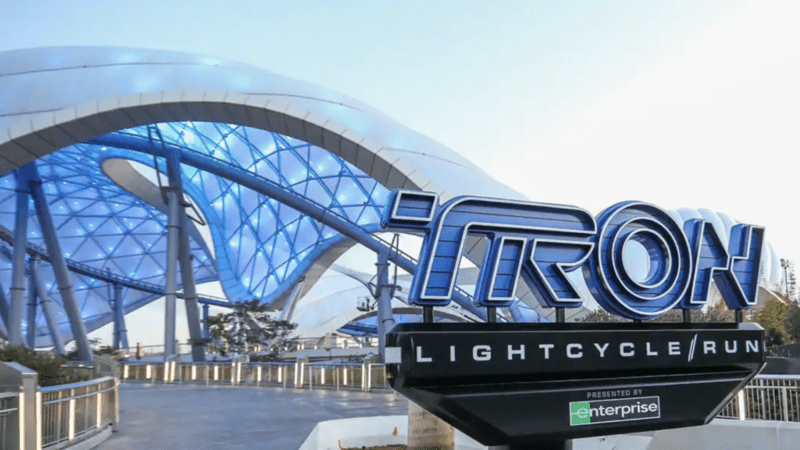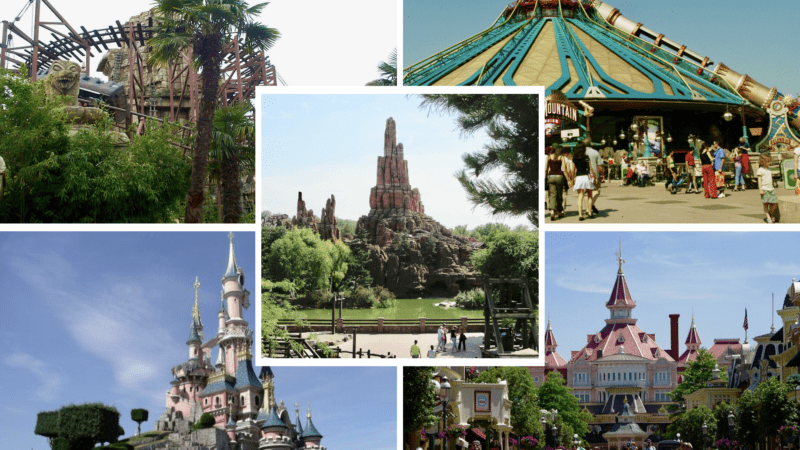How Safe Is Disney?
Have you ever wondered: “How safe is Disney?”
“What risks are there in taking a family vacation to Disneyland or Walt Disney World?”
“Will Rock ‘n Roller Coaster be safe for my child even though he is just an inch or so taller than the height requirement?”
“Is going down the 12-story tall Summit Plummet water slide really that safe when everyone’s body seems to be coming inches off the back of the slide?”
Those are just some the questions that guests ask–especially parents–who want to make sure they and their children are safe. In a previous article I described a re-emphasis that Disney is placing on the Four Keys Basics: Safety, Courtesy, Show, and Efficiency. This series of posts over the next days to come looks in depth at how Disney approaches safety, and the efforts it makes. It also looks at the lessons any organization can learn from Disney’s own experience.
But first, some statistics: The U.S. mortality rate varies slightly from year to year and depending on source. The World Bank for instance has listed on average 8 deaths per 1,000 people in the United States over the last several years. In other words, if a community has some 100,000 people, they will average some 800 deaths per year. Taking sources from Themed Entertainment Association and Economics Research Associates, they show some 51 million people a year who when combined attend the four Disney parks and two water parks at Walt Disney World alone. If you average that number over 365 days in a year it comes out to something of a community of 140,000 in those six parks on any given day. That doesn’t include a cast of 62,000 who are spread out over property to support the Guest experience.
The comparison of course is somewhat apples to oranges. On property Disney doesn’t have any new-born infants who just came into the world within the previous 24 hours. Neither does it have the elderly waiting to take their last breath in some Disney retirement home. Those kinds of individuals are most vulnerable when we talk about mortality rates. But if you just talk about the 140,000 on property each day as if they lived there, you would have a typical mortality rate of 1,120 deaths per year.
Now I’m not pretending that there aren’t people who die from falling out of a ride vehicle, or even pass away in their sleep while staying at a Disney hotel. Nor am I missing the fact that in years past Disney has allegedly had an “unofficial” way of counting the numbers of deaths by moving people off property before pronouncing them dead. And yes…I’ve been to the emergency room at Celebration Hospital at the end of the day when it’s full of people who had all sorts of crazy things happen to them in a given day while out at the parks.
Conversely, given the huge amount of press that surrounds any death or major injury at Disney, it’s really difficult to always see just how many have been affected. According to how sensational some of those reports are, you’d think someone was getting killed every day. That’s especially true because if any thing happens in the greater Central Florida area, it tends to get reported by some press as if it happened right in front of Cinderella Castle.
The truth is it’s difficult to know just exactly how many given how it’s reported. And remember, even one death is way too many–especially when it’s your family member or best friend. But the number of people who die while enjoying Disney is incredibly minute compared to just staying at home. It’s not even a fraction that comes near the annual number of 1,120 deaths to a community that would have approximately the same size.
Furthermore, it’s astonishing there aren’t more incidents when you realize the hundreds of millions who have visited these parks over the years–many of whom seldom pack their brains when they go on vacation. Then Disney places them on very technical, heavy machines or vehicles that go at high speeds, or upside down, or that drop you thirteen stories.
Disney has a reputation for safety. That’s not coincidental. That didn’t just happened. It has been purposeful and it has been the focus from the beginning. Walt Disney did not want to imitate the rickety and tawdry carnivals of the day. More than anything he wanted a safe place. And that message has continued through the decades. For that reason, Disney does not take any potential mishap in stride. It’s why every new Cast Member is taught on day one Disney’s Four Keys. And the first of those keys is Safety. Safety is Disney’s first priority. It is listed first because Cast Members should always put Safety first. Indeed, they are taught that they should never compromise Safety for another key.
Then new Cast Members are taught the three Safety basics they are taught the following points for each basic:
1. I practice safe behaviors in everything I do.
- Know and follow all safety policies and procedures.
- Safely deliver on Courtesy, Show, and Efficiency
- Be aware of surroundings and the hazards that may be present
2. I take action to always put safety first
- Identify, correct, and immediately report safety concerns.
- Avoid shortcuts that do not put safety first.
- Ask, “Is there a safer way?”
3. I speak up to ensure the safety of others.
- Demonstrate care for the safety of others.
- Appreciate and encourage the safety efforts of others.
Beyond this, there is much that Disney does to support providing a safe experience. We’ll explore several of those key points in the next few days. Meanwhile, remember: Disney isn’t perfect. We will see some examples of this in the days to come. But it does work very hard, and very intentionally to create the safest experience possible. And it begins by making sure that every Disney Cast Member is being as safe as possible.
The end result is: Most people place a huge amount of trust in Disney. They have come to believe that they will be safe while enjoying a day at a Disney park. Think about it–you’ve seen Indiana Jones in the movies. You know how crazy that is. And yet having never been on the attraction before you run to the Indiana Jones Adventure at Disneyland, strap yourself and your loved ones into the seat and with absolutely no idea of what is going to happen next, you head off on an adventure.
Guests trust Disney will bring them back safely. It’s true: People trust Disney. I would define that trust as a “felt sense of safety.” Disney has over time largely earned that trust because it has worked very, very hard to be trustworthy. And the result is that millions ride Indiana Jones Adventure each year–and scores of other attractions there at Disneyland and elsewhere around the world.
Why? Because Guests trust Disney.
Again, there’s more to follow in the days to follow. So stay tuned. But meanwhile, ask yourself: How much do your customers trust you?






